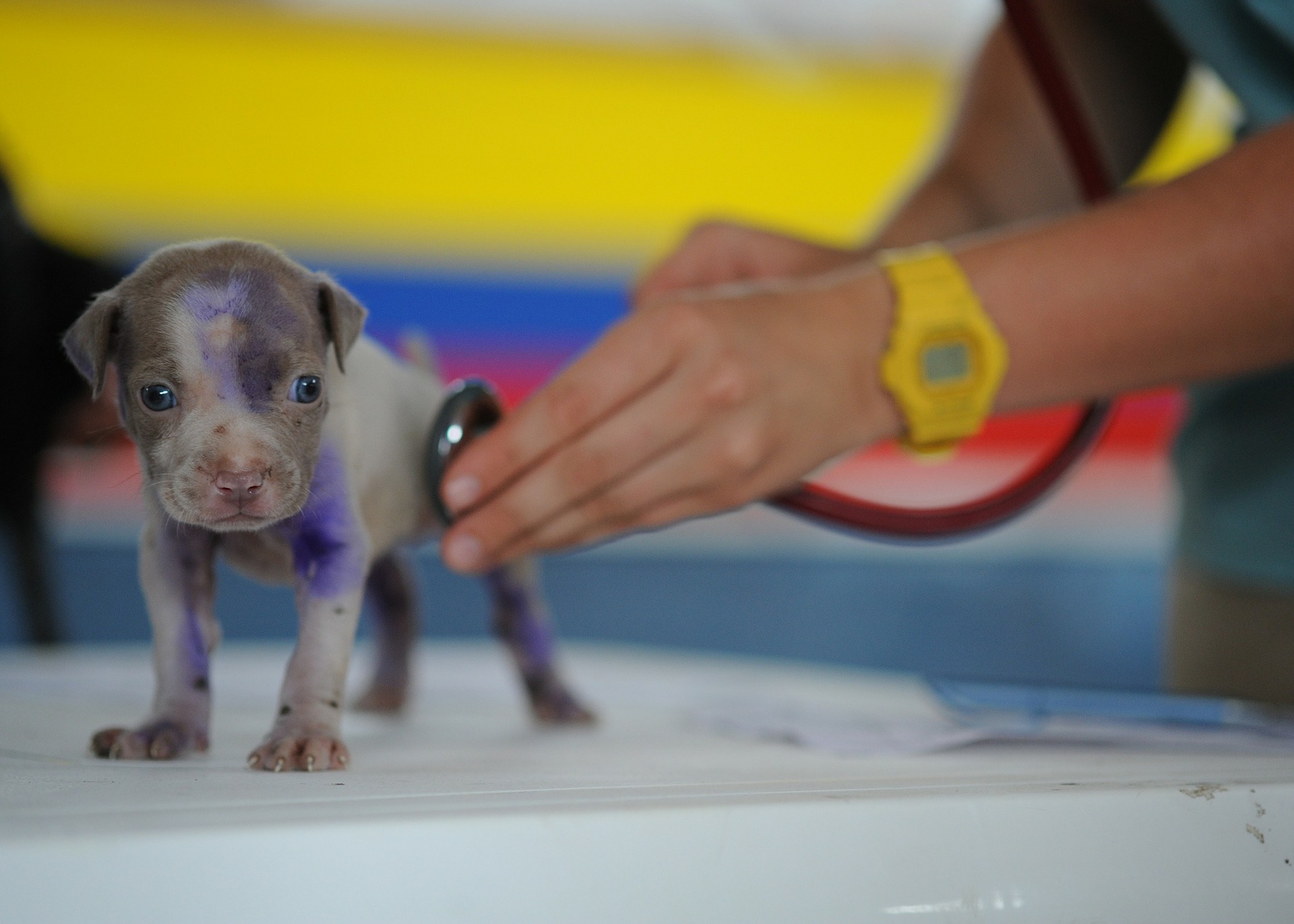Signs Of Dog Ticks
Posted by Jennifer Smith on 8th Feb 2018
Just like humans, dogs can transmit Lyme Disease and other tick-borne diseases from deer and other wildlife species. Ticks are often found in the backyard where the dog plays and can be taken into the house by dogs. If your dog starts acting funny, your dog may have ticks. Here are the signs of tick disease in dogs:

Changes In Dog Behavior:
After a tick bite, your enthusiastic dog may become lethargic and feel down in the dumps. He/she may not be eating normal portions of food and feel in pain. Your dog may shake its head constantly and appear to have unexplained scabs. He/she may also have a high fever. If your dog shows signs of this behavior, groom the dog for ticks and take him/her to the vet.
Signs of Lyme Disease In Dogs:
- Regurgitation
- Unsteadiness
- High blood pressure
- Fast heart rate and rhythm (tachyarrhythmias)
- Weakness, especially in the hind limbs
- Partial loss of muscle movements (paresis)
- Complete loss of muscle movement (paralysis), commonly seen in advanced disease state
- Poor reflexes to complete loss of reflex
- Low muscle tone (hypotonia)
- Difficulty in eating
- Disorder of voice (dysphonia)
- Asphyxia due to respiratory muscle paralysis in severely affected animals
- Excessive drooling (sialosis)
- Megaesophagus (enlarged esophagus)
- Excessive dilatation of pupil in the eye (mydriasis)
Clinical illness is expected 2-5 months after infection. The majority of dogs respond very well to antibiotic treatment with Doxycycline or Amoxicillin.
Grooming dogs regularly is necessary for animal health and wellness. groom dogs thoroughly each week; and check for ticks in the process.
